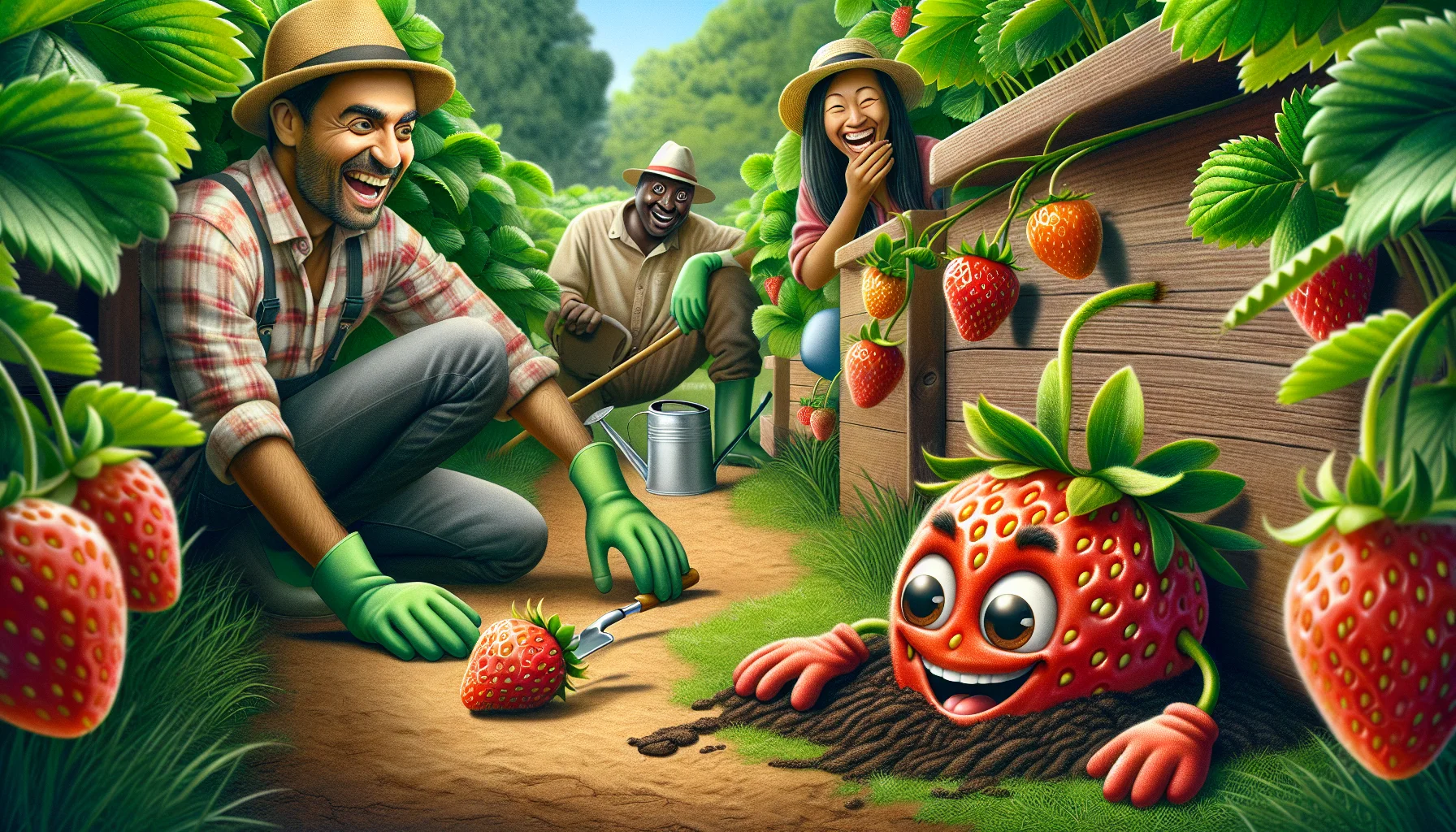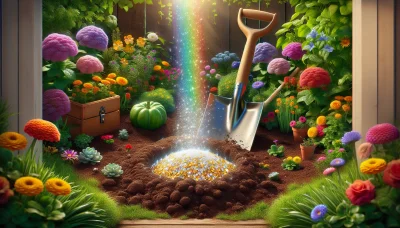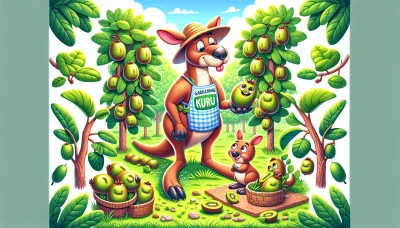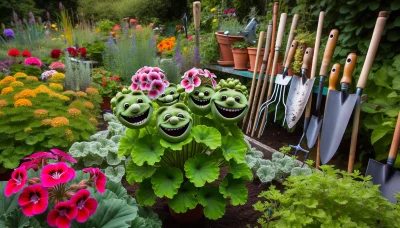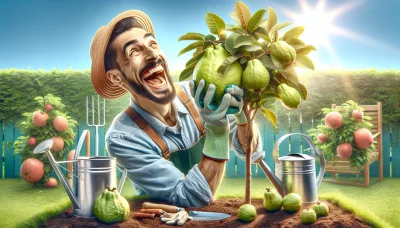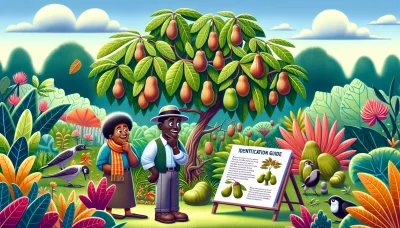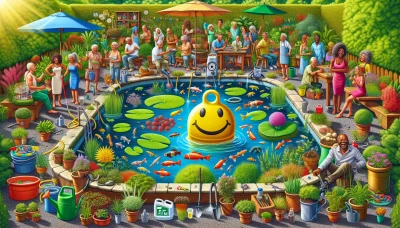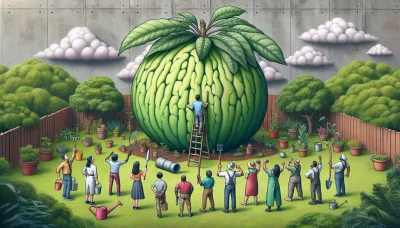Small strawberry Quiz
Test Your Knowledge
Question of
The Delightful World of Small Strawberries
Exploring the charming niche of cultivating small strawberries unveils a world filled with joy and sweetness. These tiny treasures, often overshadowed by their larger counterparts, offer an unparalleled appeal for gardeners and food enthusiasts alike. The allure of growing small strawberries lies not just in their adorable size, but also in the burst of flavor they pack, which can be far more intense than standard varieties. Their compact nature makes them perfect for gardeners dealing with limited space, allowing for creativity in garden design and the opportunity to grow fresh, juicy strawberries in pots, planters, or small garden beds. Beyond their culinary delight, the process of nurturing these diminutive berries brings a sense of satisfaction and connection to nature that enriches the gardening experience.
Choosing the Right Variety
When it comes to selecting the perfect small strawberries for your garden, understanding the unique characteristics of each variety is key. Among the most cherished are the alpine and wild strawberries, each offering something special to the discerning gardener. Alpine strawberries, known for their delicate flavor, are prized for their aroma and the fact that they don't send out runners, making them ideal for a tidy garden or container growing. On the other hand, wild strawberries, while smaller, pack a flavorful punch that belies their size. These hardy little fruits are not only delicious but also can add a touch of the wild to your garden, attracting pollinators and wildlife. Whether you're drawn to the refined taste of alpine strawberries or the robustness of wild varieties, choosing the right type can enhance your gardening experience and your palate.
Planting and Care Essentials
To successfully plant small strawberries, it's essential to understand their basic requirements. Firstly, these plants thrive in well-drained, loamy soil rich in organic matter, which ensures proper root growth and nutrient absorption. Sunlight is another critical factor, as strawberries require at least 6-8 hours of direct sunlight each day to produce the best yields. Lastly, consistent watering is crucial, especially during the establishment phase and the fruiting period, to maintain moist but not waterlogged soil. Following these guidelines will help ensure a bountiful strawberry harvest.
Pest Management and Disease Control
Small strawberries are susceptible to a variety of pests and diseases that can significantly impact their growth and yield. Common pests include spider mites, aphids, and slugs, which feed on the plants and can cause considerable damage. Diseases such as powdery mildew, botrytis gray mold, and leaf spot are also prevalent issues that can affect small strawberries. To manage these pests and diseases organically, gardeners can employ several strategies. Introducing beneficial insects like ladybugs can help control aphid populations, while regular applications of neem oil can be effective against spider mites and fungal diseases. Maintaining a clean garden by removing debris and infected plant material can also reduce the spread of diseases. Additionally, using barriers or traps can deter slugs from reaching the strawberry plants. Implementing these organic pest and disease management strategies can help ensure a healthy and productive strawberry garden.
Harvesting and Enjoying Your Strawberries
When it comes to small strawberries, knowing when they are ripe for picking is key to enjoying their full flavor. Ripe strawberries will be fully red, without any white or green spots near the stem. They should feel firm but give slightly under gentle pressure. The aroma is also a good indicator; ripe strawberries will have a sweet, fragrant smell. Once harvested, strawberries can be enjoyed in a variety of ways. For a fresh snack, simply wash them gently in cold water and pat dry. Strawberries also make a delicious addition to salads, desserts, and breakfast dishes. If you're feeling creative, try incorporating them into smoothies or homemade jam to capture their summery essence. Remember, strawberries are best enjoyed soon after picking for the freshest taste.
Benefits of Growing Small Strawberries
- Nutritional Value: Small strawberries are packed with vitamins, antioxidants, and minerals, making them a healthy addition to any diet.
- Aesthetic Appeal: Their vibrant red color and compact size add beauty to gardens and containers, enhancing the overall look of your growing space.
- Satisfaction of Growing Your Own Food: There's a unique satisfaction that comes from nurturing plants and harvesting your own produce, contributing to a sense of accomplishment and well-being.
Creative Uses in the Garden
| Use | Description | Benefits |
|---|---|---|
| Container Gardens | Planting strawberries in containers such as pots or planter boxes. | Portable, space-efficient, and can be decorative. |
| Hanging Baskets | Strawberries grown in baskets that hang from porches or beams, adding vertical interest. | Beautifies unused vertical space and reduces pest issues. |
| Ground Cover | Using strawberries to cover the ground in garden beds or between pathways. | Provides an attractive and edible ground cover that suppresses weeds. |
